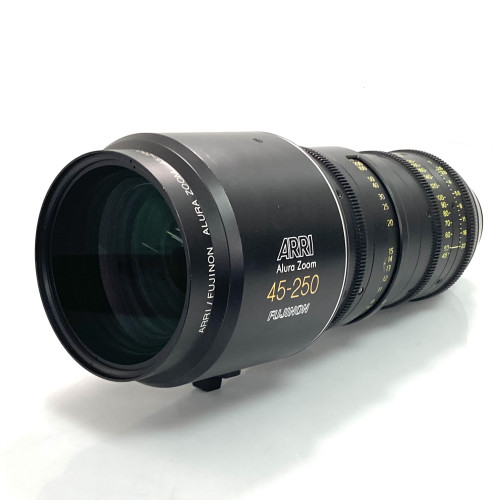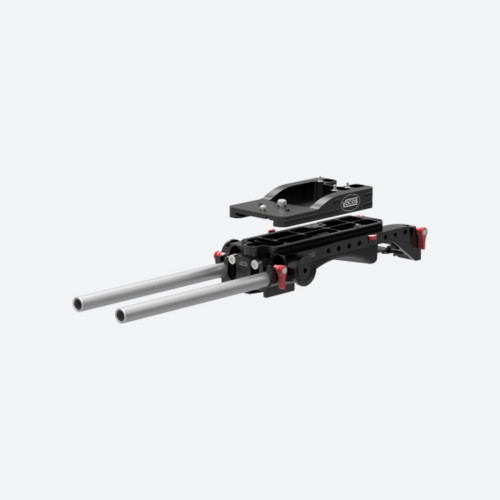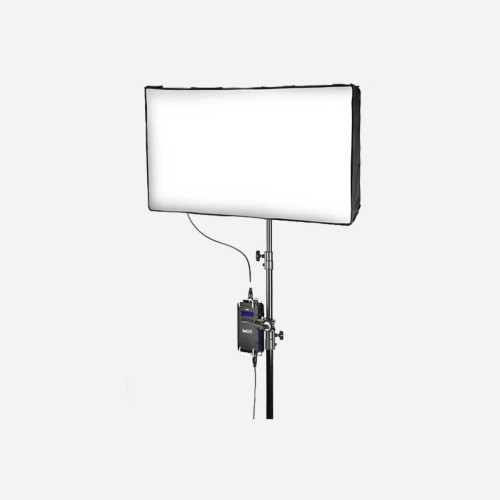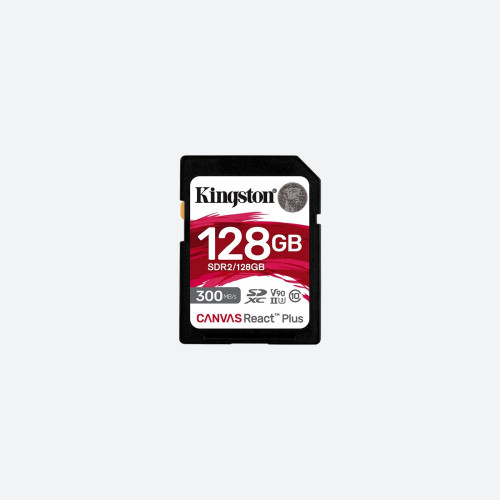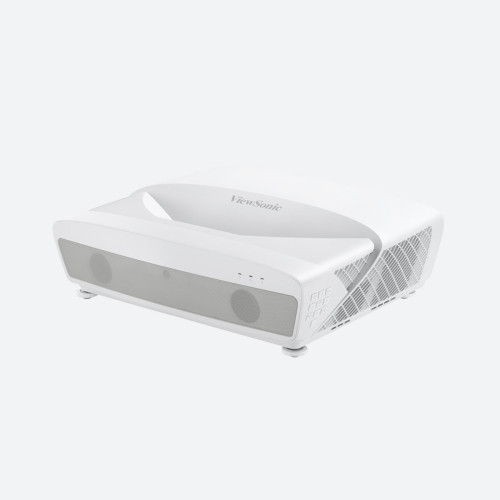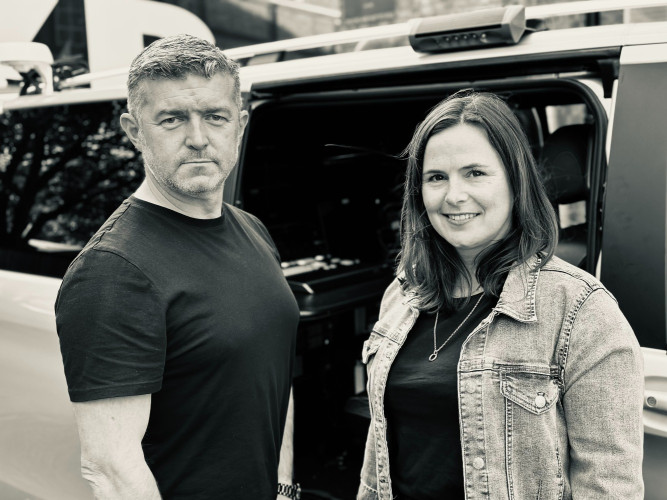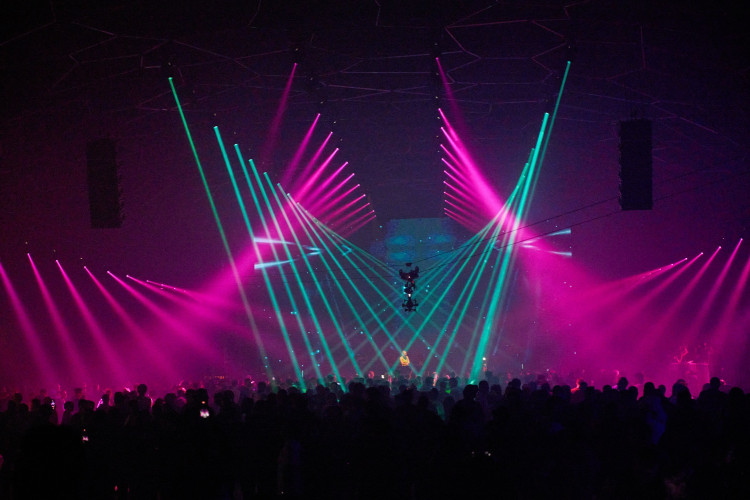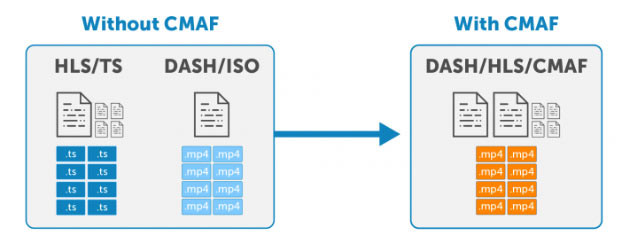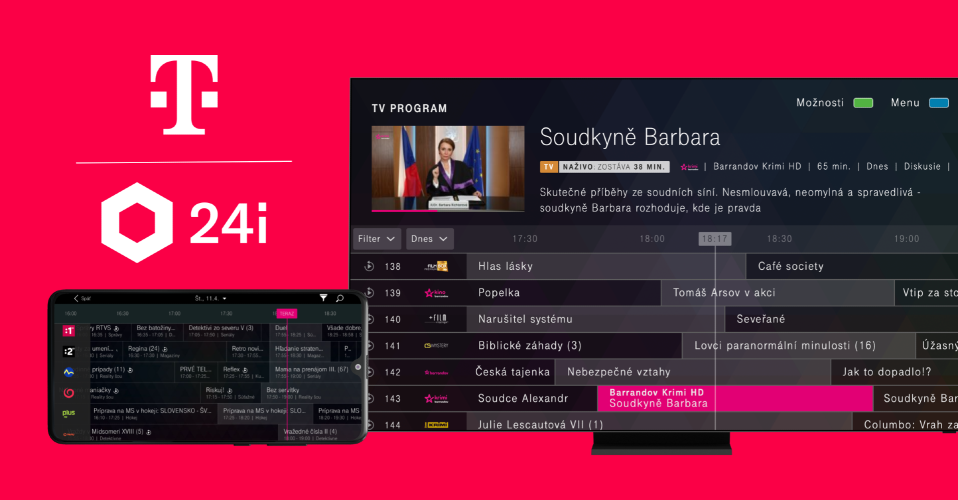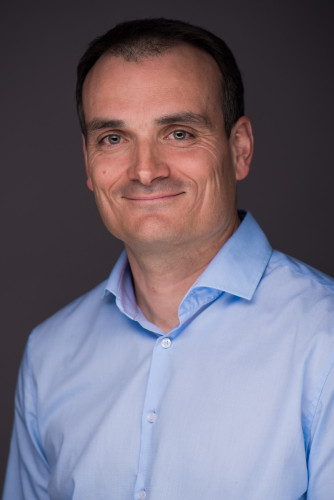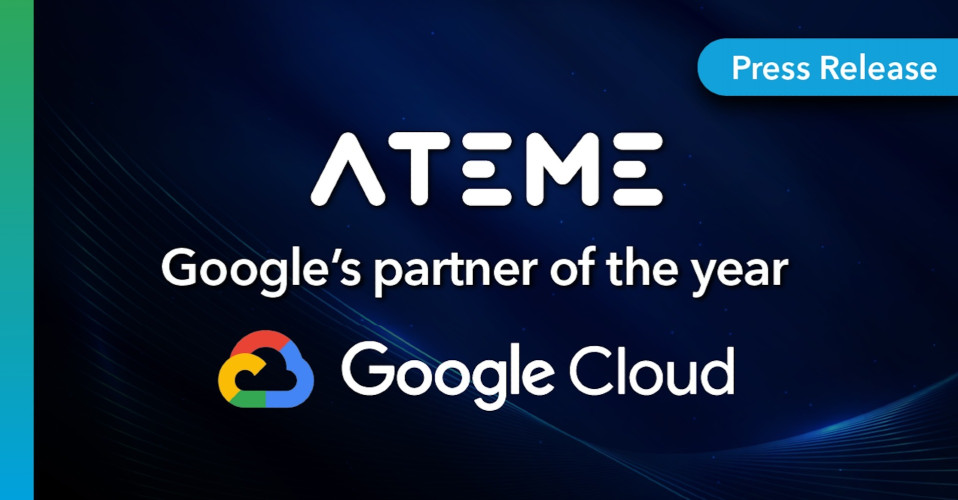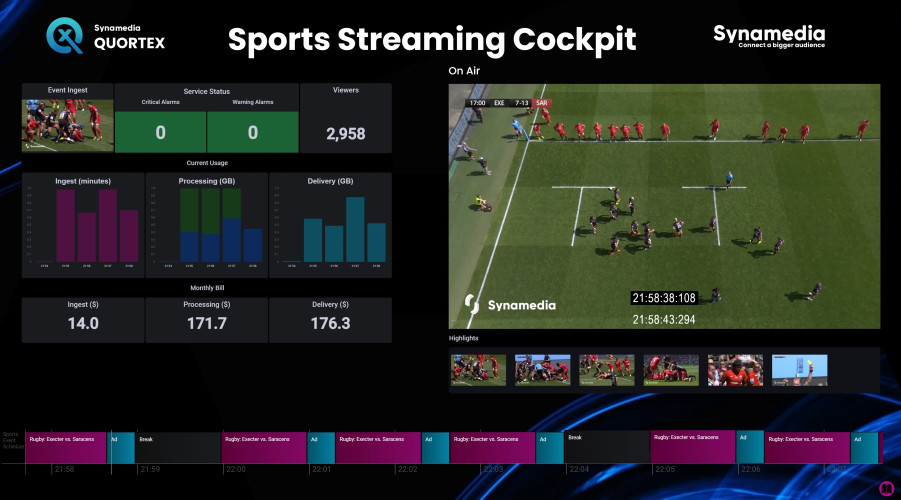My wife is addicted to audio podcasts; they are constantly playing throughout the house. In this day of YouTube and Vimeo it is easy to overlook the immense popularity - and ubiquity - of audio podcasts.
If you are thinking about creating your own streaming video podcast or channel, a great place to start is with a live audio podcast because, as you'll discover, the challenges are not in the technology but in the workflow. It is far easier to create an audio show than video. If you plan to expand into video, you can still stream the audio portion of the show. (I do this with my program today.)
Podcast: A program delivered via the Internet which can be either audio or video. Most podcasts are recorded and played back on demand. This is the ideal format for programs which contain "ever-green\" information.
Streamed podcast: A live program, or a program giving the perception of being live, delivered over the Internet where the entire audience is listening/watching in real-time. Streaming is the best option when the information being conveyed is extremely timely - think sports, live concerts or news.
I've been the executive producer and host of an live weekly streamed audio podcast since 2000. The "Digital Production Buzz\" (digitalproductionbuzz.com) podcast is the world's second oldest audio program. Only Adam Curry's "All Things Digital\" is older. We've originated a new, live, 60-minute news and information program every week for 16 years. Pretty amazing, as I look back on it.
Based on this experience, I want to share what you should consider when starting your own show. This divides into the following categories:
* Why
* What
* Who
* When
* Where
* How
WHY?
Why are you creating this podcast? First, you won't make money at it. Audio podcasts are supported by other activities. Even if you think there's a commercial market in your subject, the chances of making money directly from your podcast are vanishingly small.
Still, if you are lucky, talented, lucky, and have a subject that catches the public zeitgeist, you might make money. But, for now, assume this is a labor of love; which means "free."
KEY POINT: A podcast needs to have a solid and easily explained reason for existing. Otherwise, your audience won't get the point and you'll discover its too much work.
WHAT?
The most successful podcasts are tightly focused on a narrow subject. The more that subject can be defined and clarified, the more successful you are likely to be. Podcasts are not successful when attempting to reach the broad audience.
KEY POINT: Successful podcasts focus on a single subject in detail.
WHO?
Who is your audience? The more you think about who should listen, the more likely you are to attract them. Podcasts are programs targeted to micro audiences. The more focused, the better. This is the exact opposite of the broadcast model which targets the largest audience possible.
Another goal is to build a sense of community. People love belonging to groups of like-minded people. Give them a reason to belong.
In fact, for live streams, be sure to include an interactive chat so that the audience can participate in the show along with you and your guests. No other form of broadcast allows this level of interactivity.
KEY POINT: Clearly define your audience and create a sense of community.
WHEN?
The easiest podcast to do is one that is pre-recorded, uploaded to the Web and downloaded on demand. The technology to support this is well-understood and easy to use, even for beginners.
A streaming podcast needs to present information which is sufficiently timely to require people to tune in at a specific time to listen to the program. Sports, award shows, news, live concerts €¦ these are some good examples.
Doing a single show is reasonably easy. Doing a regular weekly show is hard. Doing a daily show is really, really hard. Why? Because you are always under deadline. The first show is easy because you've been thinking about it for a long time, the subject is one you know and a friend is happy to be a guest.
Then, before you know it, the deadline for the next show is rushing down on you. You start scrambling to think about the subject, a guest cancels due to a schedule conflict€¦ you get the picture.
However, if you promise that a show will air regularly, it is essential to live up to that promise, or your audience will drift away. When you are creating regular shows you need to create a clear workflow of deadlines, responsibilities and deliverables. From the very beginning, you need to develop a "well-oiled machine,\" where everything executes on schedule, there's a minimum of panicked running around and a maximum of people getting on with their work.
Remember, you aren't going to be making money at this, so you want the emotional stress of doing a regular show to be as small as possible.
KEY POINT: Deadlines are inexorable. Create a workflow that allows you to meet them. Never underestimate the pressure of a deadline.
WHEN?
If this is a live event, your "when\" is already a given. If not, think about your audience. When are they most likely to want to listen. If you are a downloaded show, the "when\" is irrelevant. If you are a live show, remember that your audience is potentially global. (For example, my podcast, the Digital Production Buzz, is heard in 195 countries.)
Because you are potentially global, time zones become an issue. We chose Thursday at 6 PM Los Angeles time for our show because it allowed us to reach the entire US in the early evening. And we purposely avoided weekend nights, when our audience would most likely be out socializing.
KEY POINT: Select the time that is most likely to allow the greatest numbers of your audience to listen in.
WHERE?
Podcasts are portable, all it takes is a mic and a computer (or mobile device, actually). Why stay home when you can take your show on the road? Audio podcasts can originate from anywhere with virtually no incremental cost. Take advantage of the sounds of being on location.
KEY POINT: A podcast does not need to originate from your bedroom.
HOW?
This is where technology comes in, which is covered elsewhere in this issue. For now, let me highly recommend mixlr.com as the distribution system for your podcast. We've been using them for years and find them easy to use, high-quality and cheap. Three of my favorite words.
SUMMARY
Podcasts allow you to share your interests with the world. Streaming podcasts allow you to share in real-time with an audience that is participating along with you. But don't underestimate the work - the technology is easy, but the deadlines are hard.
Use an audio podcast to create a smooth-running workflow, test your ideas and develop for an audience. Then expand into video as your budget, audience and subject matter allows. Because once you have a live show up and operational, with an interested audience and powered by a well-oiled workflow, there's nothing in the world like doing a live show.




